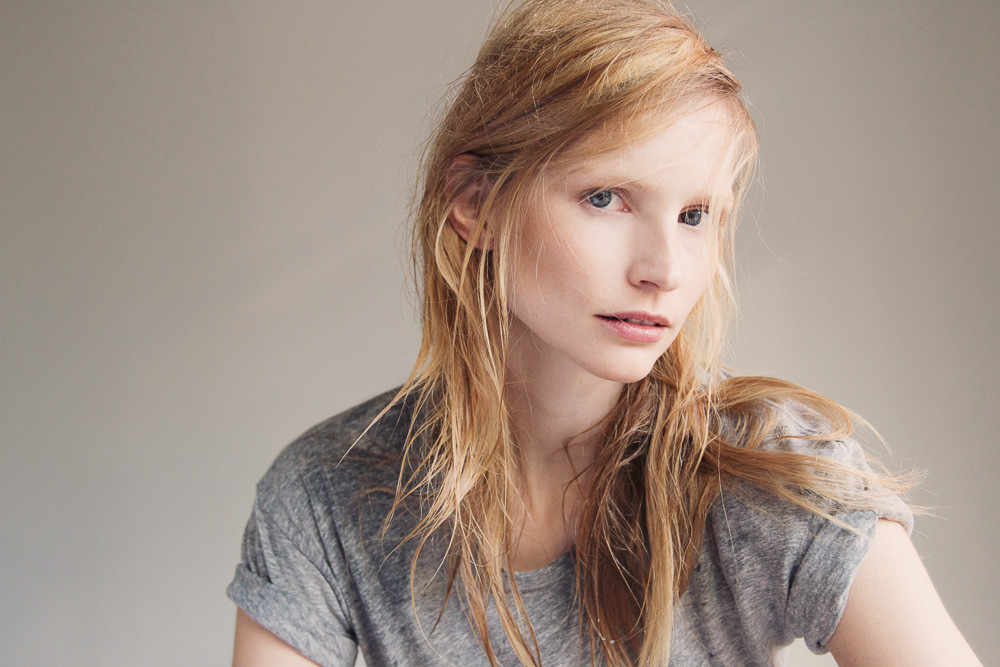Marlyn Alarm is a singer from Miami, Fla., undergoing formal gender transition after living a full year living as a woman. But her struggle with identity is not a new one. “Today I was asked when I realized I was in the wrong body. As much as it took me a really long time to…
Makeup & Male-To-Female Transition: A Look At How Beauty And Gender Coincide
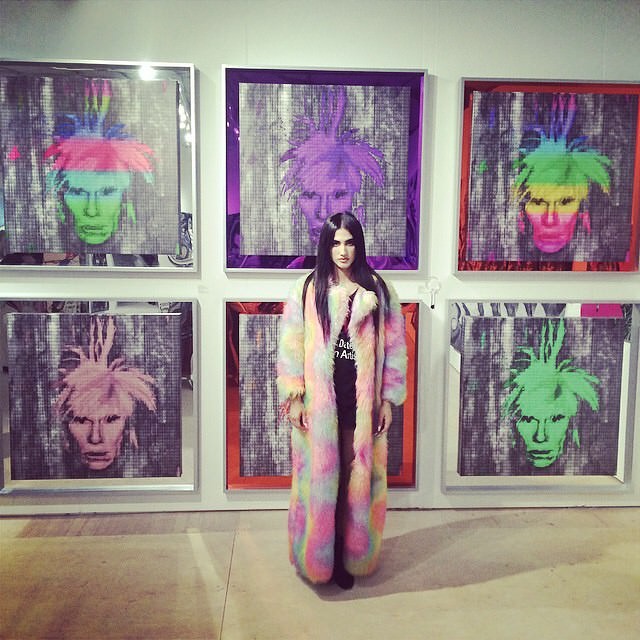
The Crying Lip
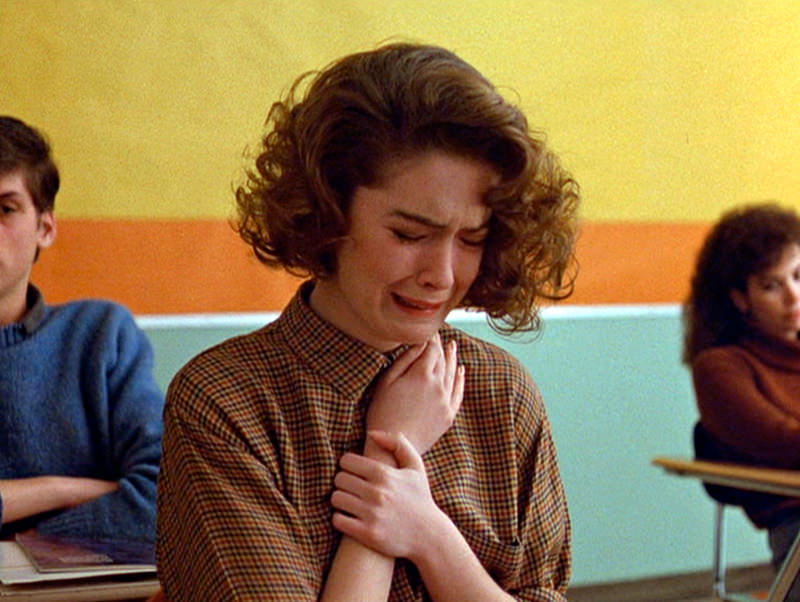
Have you ever cried in your car, or wherever, and happen to catch a glimpse of yourself in the mirror and notice how pretty you look? I know you have. Your eye color is suddenly translucent, cheeks are flushed, there is soft rosy halo around your lash line, and your lips…your lips deepen as blood…
When I put on coverage, it’s tinted moisturizer
Have you ever cried in your car, or wherever, and happen to catch a glimpse of yourself in the mirror and notice how pretty you look? I know you have. Your eye color is suddenly translucent, cheeks are flushed, there is soft rosy halo around your lash line, and your lips…your lips deepen as blood…
Wet-To-Dry Eye Shadow: A Guide
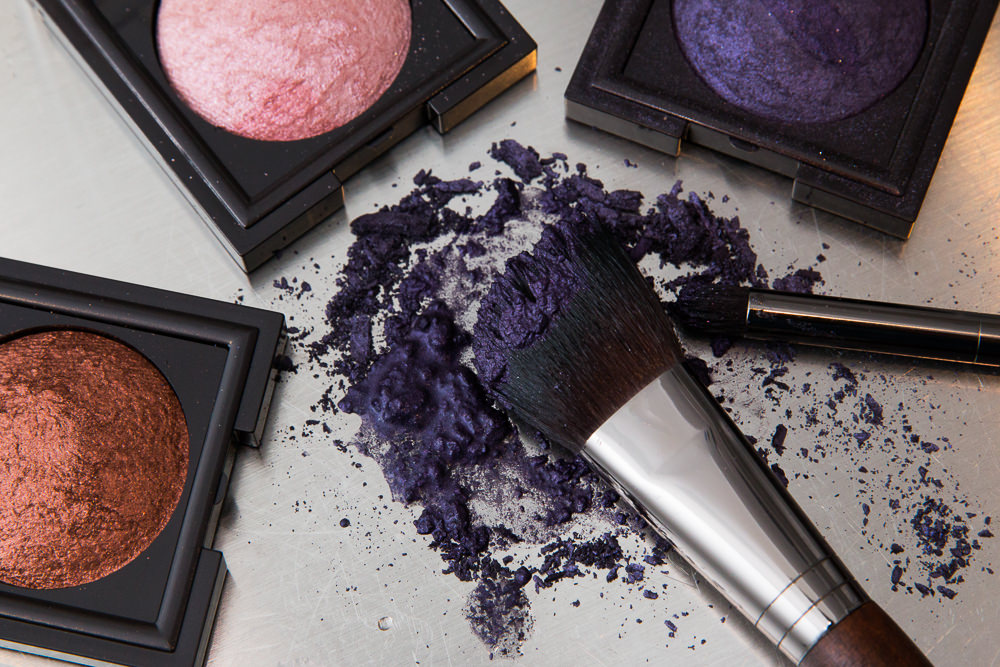
Wet-to-dry eye shadows need not be complicated. While it might sound like yet another technique one must master in order to navigate a makeup counter, perhaps it’s better to think of it as a two-for-one deal. Wear it dry, and you’ve got your standard dusting of color—classic and predictable (in a good way). But wet!…
Wet-To-Dry Eye Shadow: A Guide

Wet-to-dry eye shadows need not be complicated. While it might sound like yet another technique one must master in order to navigate a makeup counter, perhaps it’s better to think of it as a two-for-one deal. Wear it dry, and you’ve got your standard dusting of color—classic and predictable (in a good way). But wet!…
The Best Drugstore Mascaras
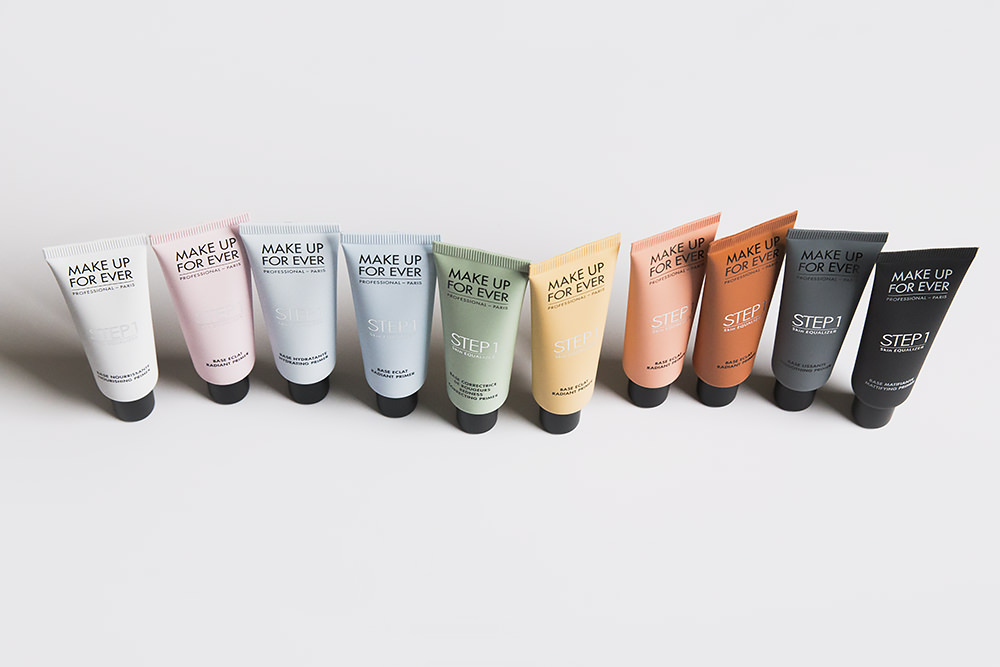
Here’s a fun thing to do: Buy a whole basket full of drugstore mascaras, dump them on a table, and stare at them through a kaleidoscope. For one, the packaging is crazy—like an explosion at the neon plastic factory, resulting in a bunch of really great, tactile pieces you can’t stop picking up and dropping in…







